Peugeot 308 vs Vauxhall Astra: Which Golf alternative is best?
If you’re after a family hatchback, the go-to choice is the Volkswagen Golf. But in 2024, there’s some excellent alternatives to this perennial favourite to consider. Two of the best include the Peugeot 308 and Vauxhall Astra.
Both these cars are a worthy choice. Both share a platform, and have lots of parts in common – including engines and drivetrains. So which one is the best choice? We’ve taken a deep-dive look to see which one would suit you best.
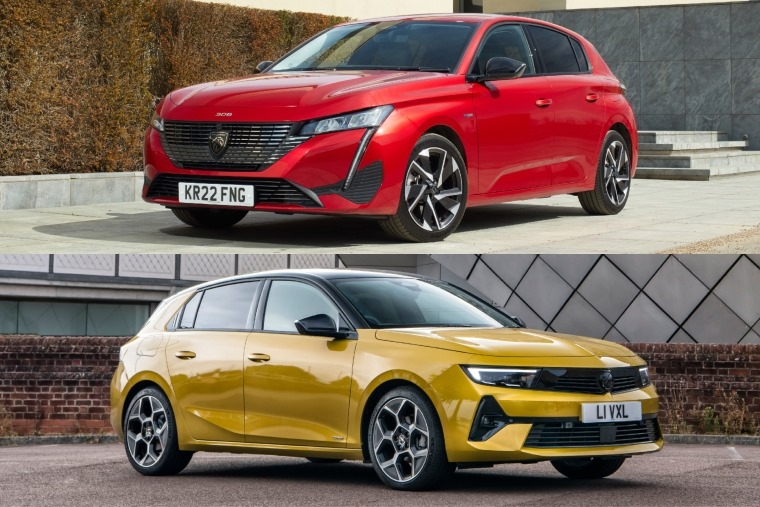
Styling and size
Let’s kick off with the looks. For some, this one will be cut and dry. Peugeot has been on a real roll with its latest models. Whether it’s the 508 saloon, the 408 crossover or the 308 in question here, they really are stunningly designed.
A sharp set of headlights are flanked by a beautiful grille design which is dominated by Peugeot’s updated logo. It gets those trademark fang-like daytime running lights too, and is available in a host of vibrant colours.
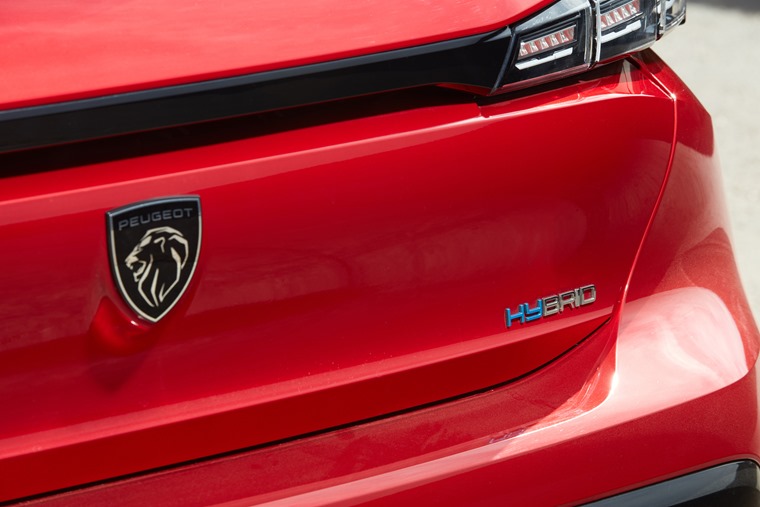
On the other hand, the Astra takes a more restrained approach to exterior design. It’s angular, taking many cues from the boxy Mokka crossover. Vauxhall calls this type of styling “Vizor” and, while it’s not as jaw-dropping as the Peugeot, it’s far from an ugly car.
Depending on specification, you’ll get a host of twin-colour options too, along with some flashy alloy wheel choices. It looks great with a contrasting black roof and glossy trim pieces.
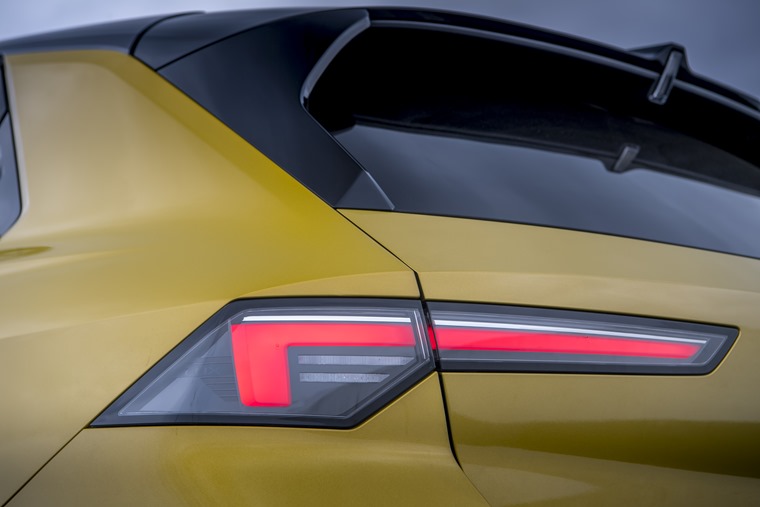
It’s by far the best-looking Astra ever made, in our opinion, so it really comes down to whether you like the svelte lines of the 308, or the sharp square appeal of the Astra.
It’s also worth remembering that both models are available in estate guise too, which adds to their practicality without sacrificing too much of their styling.
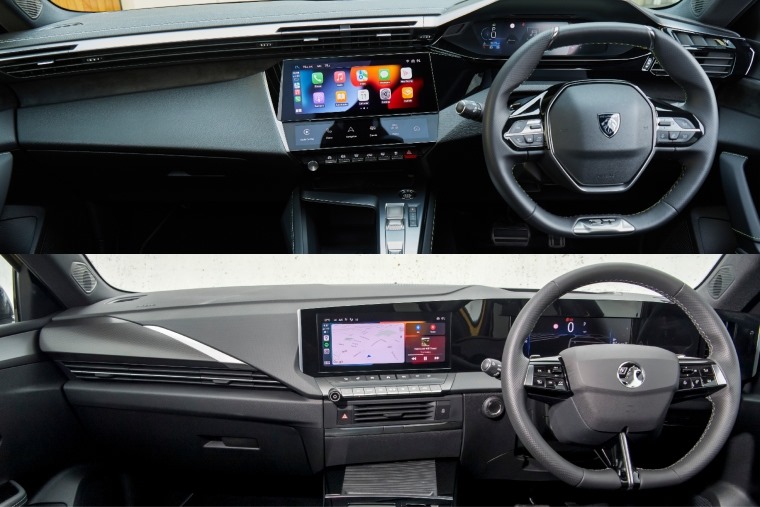
Interior and tech
No one can deny that the Peugeot’s looks are appealing, but the interior is a more of a love or hate thing. That’s because the dashboard and overall feel is defined by Peugeot’s i-Cockpit design. This incorporates a small steering wheel and a high-up display panel.
While it looks great, it might not suit everyone; rather than looking through the wheel at your dials, you look above it. The rest of the interior is exquisitely put together though, with Peugeot’s quality and materials now rivalling much more expensive rivals.
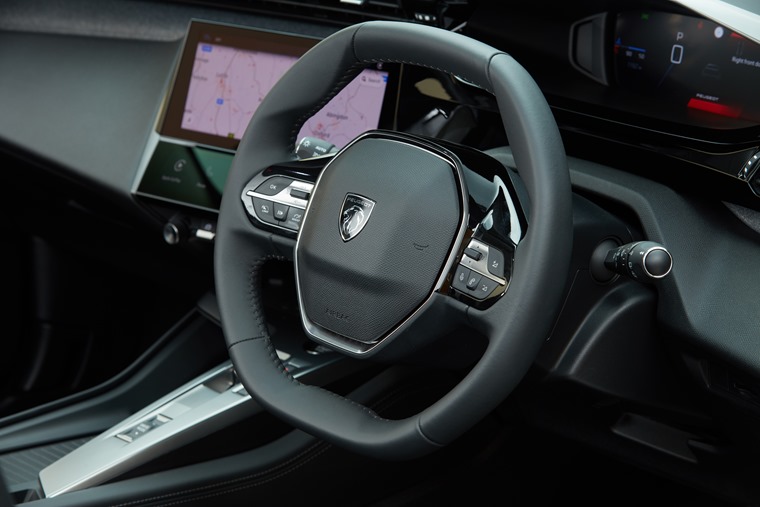
The i-Connect and i-Connect Plus infotainment systems are intuitive and quick to respond, with even the entry-level models featuring a 10in touchscreen compatible with Android Auto and Apple CarPlay.
Step inside the Astra and things are a little different. Everything feels of a high quality, while the dashboard display curves around the driver’s seat, giving a great view of the digital driver into and infotainment system.
But it’s not quite as snazzy as the Peugeot’s feeling. That said, the physical controls are a little easier to understand, and they won’t take as long to get your head around.
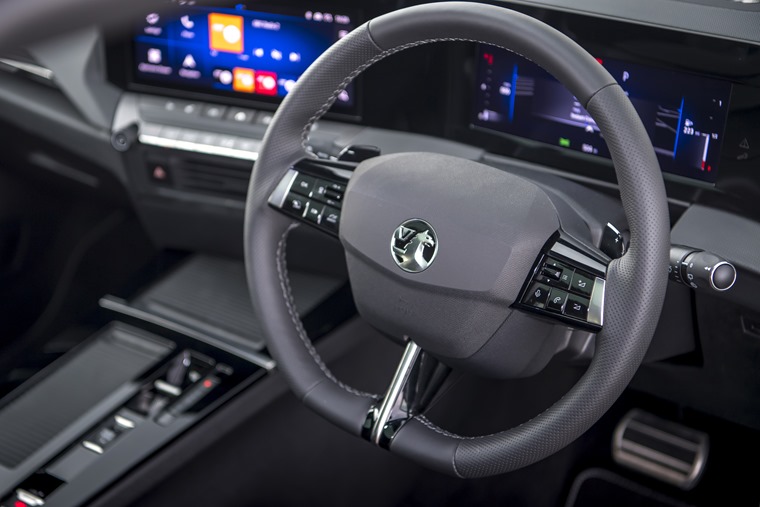
With both Peugeot and Vauxhall being owned by the same parent company, it’s no surprise to find that the infotainment system is very similar. Bar the brand-specific graphics, and it’s clear the 10in infotainment monitor and driver display is the same one used in the Peugeot.
But that’s no bad thing; as you’d expect Android Auto and Apple CarPlay are also standard equipment.
Combustion-engined Peugeots get 412 litres of boot space, while the Astra gets 422. So there’s not much in it from a practicality perspective, although the Astra’s overall body shape leads to a slightly roomier passenger compartment too.

Drivetrains
Both the 308 and Astra feature a raft of drivetrain options. The 308 is currently available with a choice of one petrol engine, one diesel engine and two plug-in hybrids. An all-electric e-308 is also available.
The petrol option is the 1.2-litre turbocharged motor that’s common across the Peugeot range. In the 308 it produces 130hp and is more than up to the job of providing a decent blend of performance and economy.
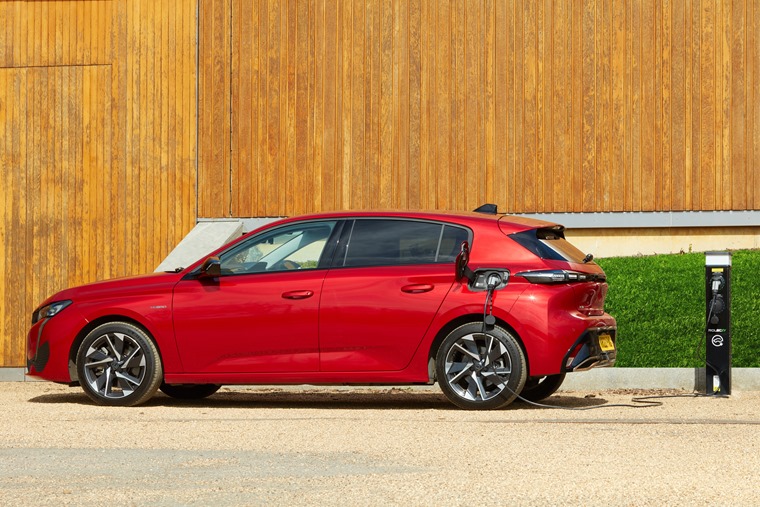
The 1.5-litre diesel also produces 130hp, although those looking for economy are more likely to opt for one of the plug-in hybrids these days; a 1.6-litre petrol set-up that produces either 180hp or 225hp. The 12.4kWh batteries in these models can provide up to 37 miles of range.
And the Astra? Well, it uses exactly the same platform as the 308, so it’s little surprise that its engine options are exactly the same. There is, however, one difference to consider: the petrol Astra is available with a manual gearbox, while all 308s feature an eight-speed automatic as standard.
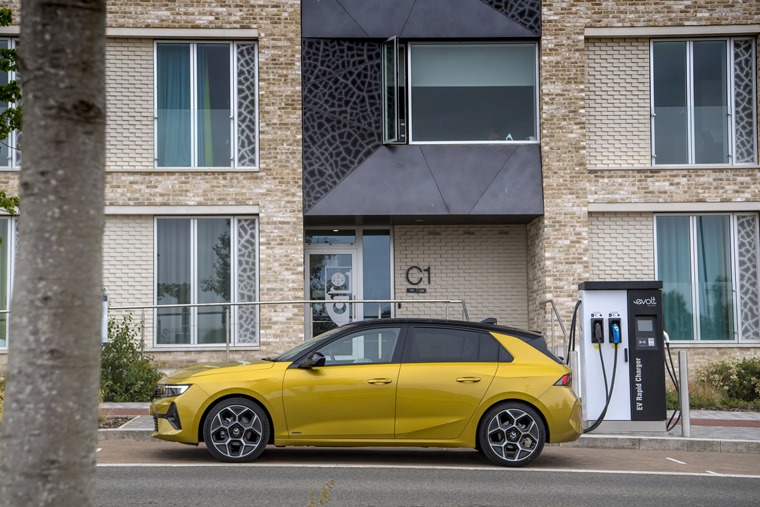
The electric variants feature a 54kWh battery, producing 150hp. Official range shows that despite the identical drivetrain, the Astra can manage up to 260 miles between charges.
On the other hand, the e-308 manages 250 miles – this puts both models in the “average” range when compared to key electric rivals.
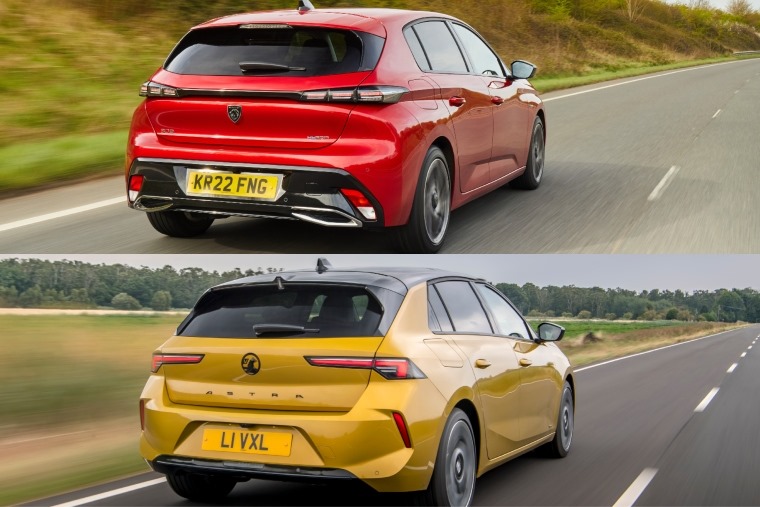
So which one should you lease?
So, both of these cars are excellent Golf alternatives. Both use identical platforms and, by and large, feature the same specifications and offer a very similar driving experience. But which one should you lease?
At the end of the day, we know it’ll come down to personal preference. Some people might want the fabulous looks of the 308, while others will prefer the conventional interior of the Peugeot.
From a leasing perspective though, at the moment we’d plump for the 308. Why? It’s around £50 per month less to lease one than an Astra at the moment. This means that a range-topping GT spec can be had for around the same as a mid-range Astra.
Of course, leasing prices vary and change all the time, and at the end of the day the choice is yours. Hit the button below to jump straight into deals and find 308 and Astra leases that are perfect for you.
